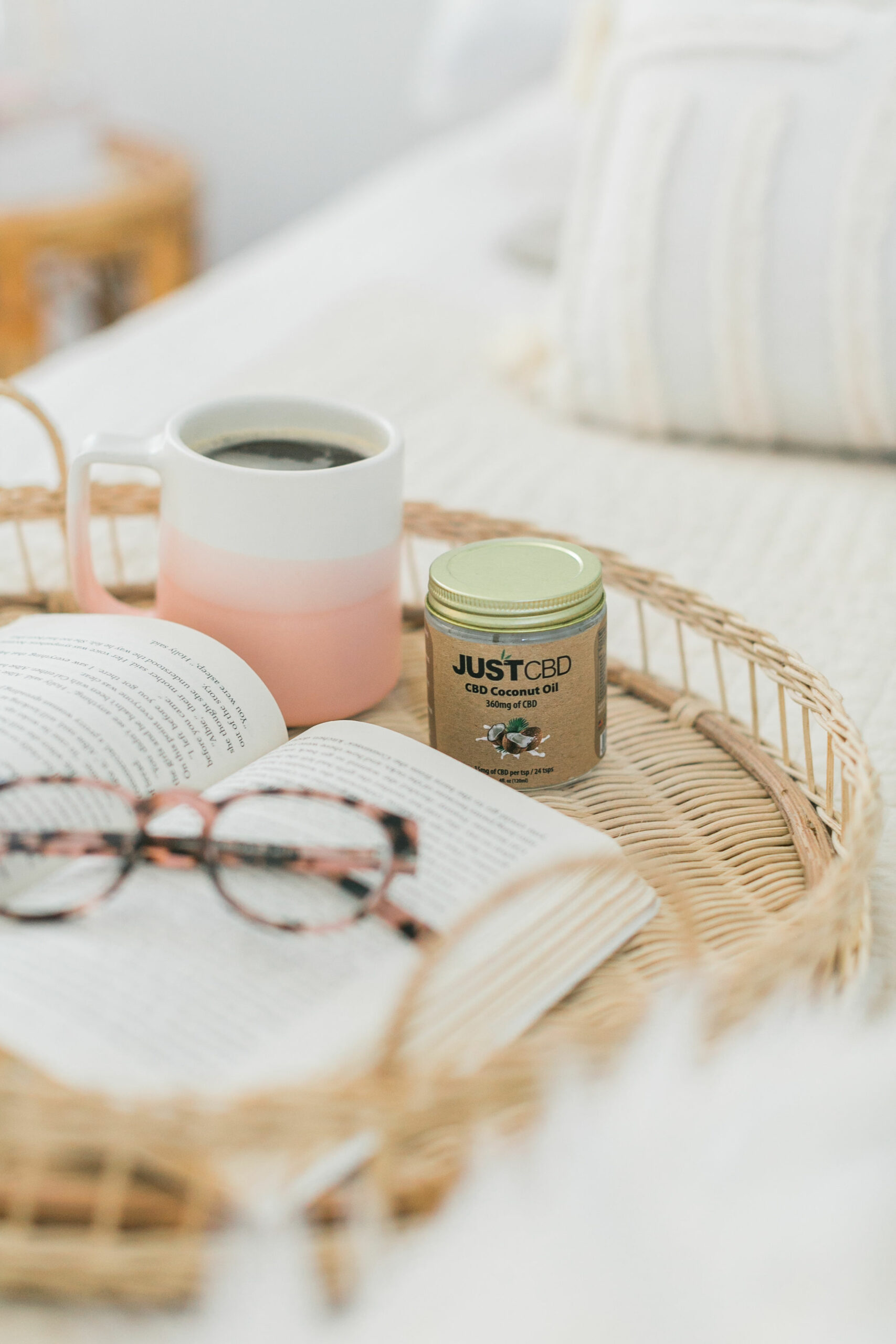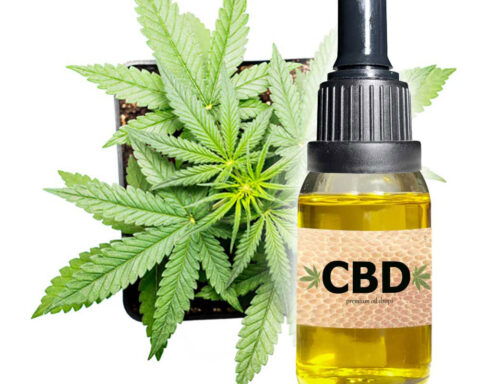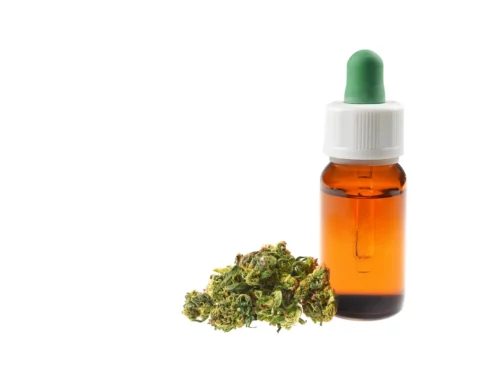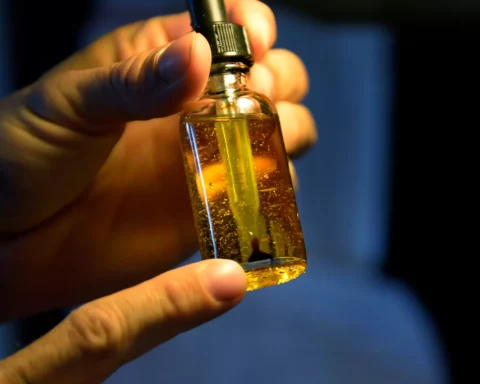There are many compounds in cannabis plants, and some have been studied more than others. Among the most studied compounds are CBD (or cannabidiol) and THC (or tetrahydrocannabinol). Unlike the latter, that’s associated with the ‘high’ effect, CBD will less likely get the user high, especially because isolate and broad-spectrum oils do not contain the psychoactive THC. The full-spectrum CBD oil might have some THC, but minimal, i.e., less than 0.3% total concentration. You can find different forms of CBD, including oils and tinctures, edibles, topicals, vape, and smokables, and you may wonder which is the best way to go while taking CBD oil. This article will help you get the answer to this question.
The Background to Understanding CBD
CBD is a chemical compound and one of the many active compounds called cannabinoids in the cannabis plant. CBD can be extracted from the hemp or marijuana plant, but according to the Farm Bill of 2018, federally legal CBD should come from hemp and have less than 0.3% THC concentration. CBD is available in the following three formulations;
Full-spectrum CBD
Has multiple cannabinoids, terpenes, and flavonoids and is known for a full entourage effect, following the many compounds it has.
Broad-spectrum CBD oil
It’s more like full-range CBD oil since it comprises multiple cannabinoids, terpenes, and flavonoids but does not have the psychoactive THC linked to the high effect.
Isolate-based CBD oil
It has only CBD and no other compounds, whether cannabinoids, terpenes, and flavonoids.
Most people would like to have full or broad-spectrum CBD formulated products because of the full entourage effect. To avoid THC, go for broad-range CBD formulated products. Others also prefer CBD isolates, especially when they are new to cannabinoids, and want CBD products that lack flavor, tastes, and odor related to the terpenes and flavonoids in full and broad-spectrum CBD oil.
What is the Best Way to Take CBD?
The three formulations discussed above are available in different forms: ingested, inhaled, smoked, topically applied, vaped, or eaten. Realistically, one may wonder which form of CBD is the best. CBD research is limited, and what we don’t know about CBD oil outweighs what we know about it. As such, there is no best way to take CBD oil because there is not enough evidence to justify its help in the wellness industry. Still, if there is any better way of taking CBD oil, it should likely depend on the reasons for consumption, whether for pain, an inflamed leg, sleep, focus, or more. Still, we cannot offer evidence to prove that CBD oil can help with any of these. That said, here are the several ways of taking CBD;
CBD Oil
While there are many forms of CBD, CBD oil remains one of the most popularized ways of consumption. You can have the oil as it is with MCT coconut or hemp oils as the base carriers, but it can also be taken as CBD oil tinctures that have alcohol as their base carriers. Although one can take CBD oil and tinctures orally or add them to food, the most preferred way is sublingual administration; put the oil under the tongue and wait for 60- 90 seconds for the oil to be completely absorbed into the bloodstream. Sublingual administration is believed to help a person absorb as much CBD as possible since the tongue and cheeks have mucous membranes that readily absorb CBD. CBD lozenges are also administered below the tongue like CBD oils. People take CBD oils and tinctures for pain, focus, anxiety, and stress, although the FDA has not approved the cannabinoid for any of these benefits with which it is linked.
CBD Oil Edibles
CBD edibles are also taken orally through chewing or breaking them down a little instead of directly swallowing them. For instance, CBD gummies and mints can be chewed a little before the body can absorb them. Edibles may offer an effective way to mask CBD oil’s bad bitter taste and the earthy aftertaste. However, their absorption into the body is delayed since the products are digested first. Like CBD oil, people take gummies for several reasons, although there is not enough evidence to show that CBD oil can help with any of the associated benefits.
Topicals
CBD topicals are taken topically or transdermally, applying it directly to the skin. For instance, CBD serums, patches, balms, massage oils, shampoo, and serums are some of the CBD topicals found in the market. Unlike tinctures and edibles that one takes for personal reasons, topical products are taken for pain and inflammation and are expected to produce results immediately. The FDA has not approved CBD oil for pain and inflammation. Unlike edibles, topicals do not require digestion but should be absorbed directly into the bloodstream. Still, the skin has poor absorption than the mucous membranes, so CBD topicals usually have high CBD concentrations to enhance maximum absorption.
Smokeables and Vapes
CBD can be smoked as in hemp pre-rolls, but this is less discouraged as one can smoke contaminants, including carcinogenic compounds, into the system. People can also vape CBD oils, as in vape cartridges, pens, and e-juices. Still, there is not enough research on the long-term effects of CBD vapes, so people should avoid them as much as possible.
Conclusion
CBD oil occurs in isolate-based, full, and broad-spectrum formulations. One can drink CBD oils or take them sublingually, eat CBD edibles, apply topicals on the skin, or vape and smoke. There is no best way to take CBD oil because if that were true, there would be no need to have the different forms in the hemp space. Still, when taking CBD, remember the FDA has not approved it for any of these benefits, so consult a doctor firsthand.
- Is Mushroom Coffee Worth the Hype? An Expert’s Take - April 19, 2024
- Missionary Position – Least Likely To Bring You To Climax - April 7, 2023
- Vibrators could put you in Jail - March 31, 2023









